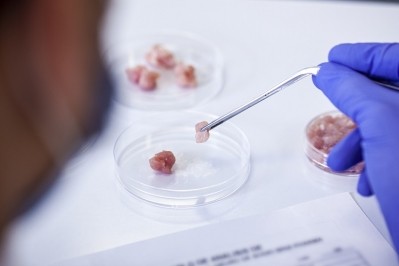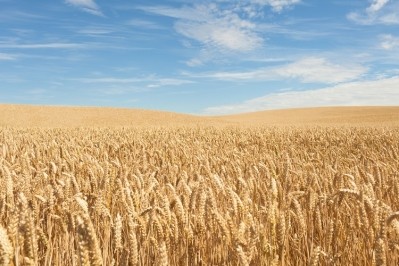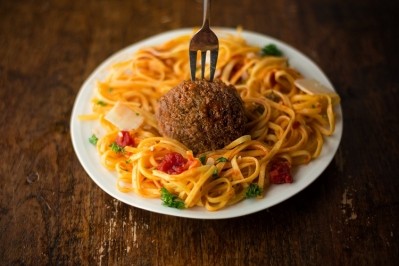‘A defining feature of stem cells is that they can become other cells’: Strategies for the use of stem cells in cultivated meat production
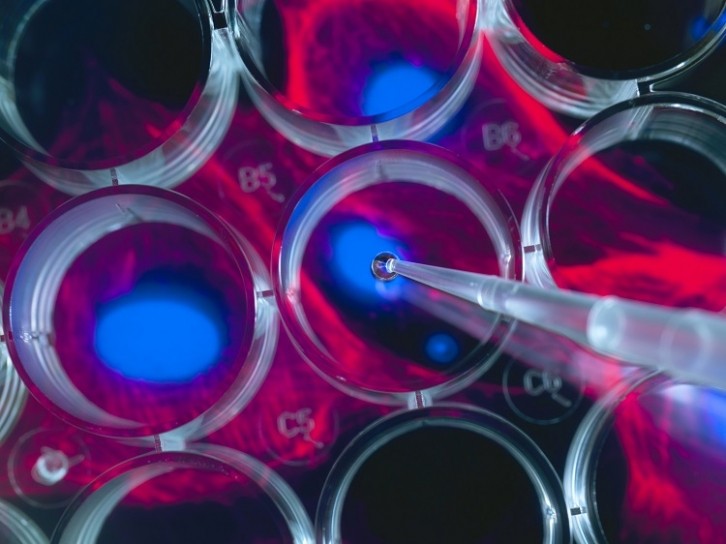
A review in Nature Food explored the use of stem cells in cultivated meat, exploring the best stem cells for the job as well as potential barriers.
Stem cells, according to the UK’s National Health Service, are the building blocks of life, basic cells that transform (differentiate) into other cells within its native organism. Thus, they provide a key opportunity for producers of cultivated meat, as they are flexible and can be used in a wide variety of ways.
Using stem cells that create the major cellular components of meat, such as myofibres, adipocytes and fibroblasts, is an efficient way for cultivated meat producers to proliferate their product, as well as effectively replicate the taste of slaughtered animal meat.
“A defining feature of stem cells is that they can become other cells,” Lucas Robert Smith, one of the authors of the review, told FoodNavigator. “With beef, for example, the goal is to have cow stem cells that can turn into muscle or fat cells. This will impact the proteins and fats present in the cells that impart flavour of meat as we know it.”
Getting texture and fat
When developing cultivated meat, it is important to replicate the texture of traditional animal meat (texture has been shown on many occasions to be a key consumer concern). “The texture of meat is complex and involves interactions between multiple cells,” Smith told us. “One of the critical components is the dominant extracellular matrix protein, collagen.
“While many cells produce collagen in muscle fibroblasts, fibroadipogenic progenitors play the primary role in collagen production and in organizing the collagen in the ways that influence texture.”
Fat is also a key component of cultivated meat. “In addition, fibroadipogenic progenitors can be differentiated into fat cells following adipogenic induction,” Smith told us. “Intramuscular fat, also known as marbling fat in pork and beef, originate from these fibroadipogenic progenitors. Other potential cell sources for cell-cultured fat include adipose-derived stem cells and dedifferentiated mature adipocytes. Both have strong adipogenic potential in vitro and can be readily differentiated into fat cells when grown in adipogenic media.”
Proliferation
Of course, for stem cells to be efficient in the development of any quantities of cultivated meat, they need to be able to proliferate. While doubling is typical of stem cells, some cells are better at this than others.
“Cell doubling in a 24-hour timeframe is typical for cultured cells in a rich growth environment,” Smith told us. “Embryonic stem cells divide rapidly during development and doubling times of 16-20 hours are feasible. There have been reports of mouse embryonic stem cells dividing every 4-5 hours while maintaining their pluripotency, ability to become any cell type. Creating culture conditions and cell lines that optimize doubling times while maintaining cell functions will be important for cultivated meat production.”
When stem cells become immortalised, they are even more efficient at proliferating, as they can keep key qualities that stem cells have whilst doubling. “Immortalized stem cells can undergo indefinite doublings while maintaining their stem cell qualities to become other differentiated cell types such as muscle. Often, achieving 100 doublings is used as a practical way to assess if a cell is immortalized. There are a variety of methods of immortalization to accomplish this.”
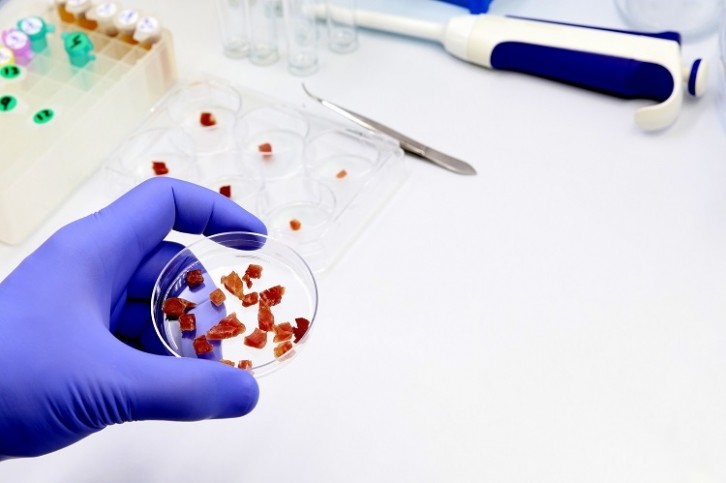
Researchers are still working on ways to immortalise stem cells, but there are a few barriers, Smith told us. “Cells have checkpoints before undergoing the cell cycle to duplicate themselves. One limiting factor is the telomeres at the end of chromosomes shorten at each doubling and limit the doubling potential. A strategy to combat this is to add telomere lengthening enzymes to the cells to bypass this limit. It is also possible to introduce signals to bypass the checkpoints for undergoing the cell cycle. Another strategy is to put cells under stress that force a few cells to adapt, become immortal, and can then be selected.”
Some of the best stem cells for proliferation also come with barriers to efficient production. Pluripotent stem cells (PSCs) can indefinitely renew and are able to become almost any cell type relevant to cultivated meat. They “resemble the cells found in the embryo during early stages of development,” Smith told us.
However, while this “make(s) them a desirable source for cultivated meat, it also means more steps are necessary to produce specialized muscle or fat cells. At this moment, the efficient and consistent differentiation of PSCs into meat progenitor cells is still a barrier for the use of PSCs.”
One of the potential ways of overcoming such hurdles presented by individual stem cells is genetic modification. “The cells used dictate the ability to proliferate, to determine cell type, as well as the media conditions necessary for each type. Genetically modifying stem cells has the potential to overcome each of those hurdles,” Smith told us.
“Genetic modification can produce immortalized cells, control differentiation into muscle or fat components, and ability to grow without expensive media additives. However, further research is needed in order to make these possible using genetic engineering.”
Differentiation and the ethics of FBS
When stem cells differentiate, they develop into specific cells that serve a function within an animal organism. This process is vital for the development of cultivated meat.
One of the key aids to this is fetal bovine serum (FBS), as it provides cells with key nutrients and growth factors. However, FBS is sourced from cow foetuses (although these foetuses are not specifically slaughtered for FBS), challenging the vegan status of cultivated meat when it is used.
FBS “has been a critical component of cell culture media for many decades,” Smith told us. “Its use has allowed scientists to make incredible advances in cell culture techniques and is the foundation of our current knowledge of how cells and tissues work.
“While these advances permit us to contemplate making meat in the lab today, it is important we consider alternatives that use strategies that are free of animal components (except for the cells), and do not require or minimize animal slaughter.
“FBS is an expensive component of growth media. There are serum replacement formulations in the cell culture market, however they are equally expensive. The field is actively looking into ways to culture cells without serum.”
Regulation
Of course, the use of such technology will need to be regulated. Research at the cutting edge almost always presents risks, and cultivated meat developed through stem cells is no exception.
“For any food product, safety is the fundamental priority,” Smith told us. “Although the manufacturing, processing, and preparation of cultivated meat is different from conventional meat, the risk-based food safety principles remain the same.
“Each company will need to establish science-based approaches to identify, characterize, and control microbial, chemical, and physical hazards of the manufacturing process. These control strategies will need to be validated, verified, and approved by regulatory agencies. In addition, nutritional claims and food labels of the product need to be truthful and not misleading.”
Sourced From: Nature Food
'Stem cell-based strategies and challenges for production of cultivated meat’
Published on: 16 October 2023
Doi: https://doi.org/10.1038/s43016-023-00857-z
Authors: T. C. Jara, K. Park, P. Vahmani, A. L. Van Eenennaam, L. R. Smith & A. C. Denicol
